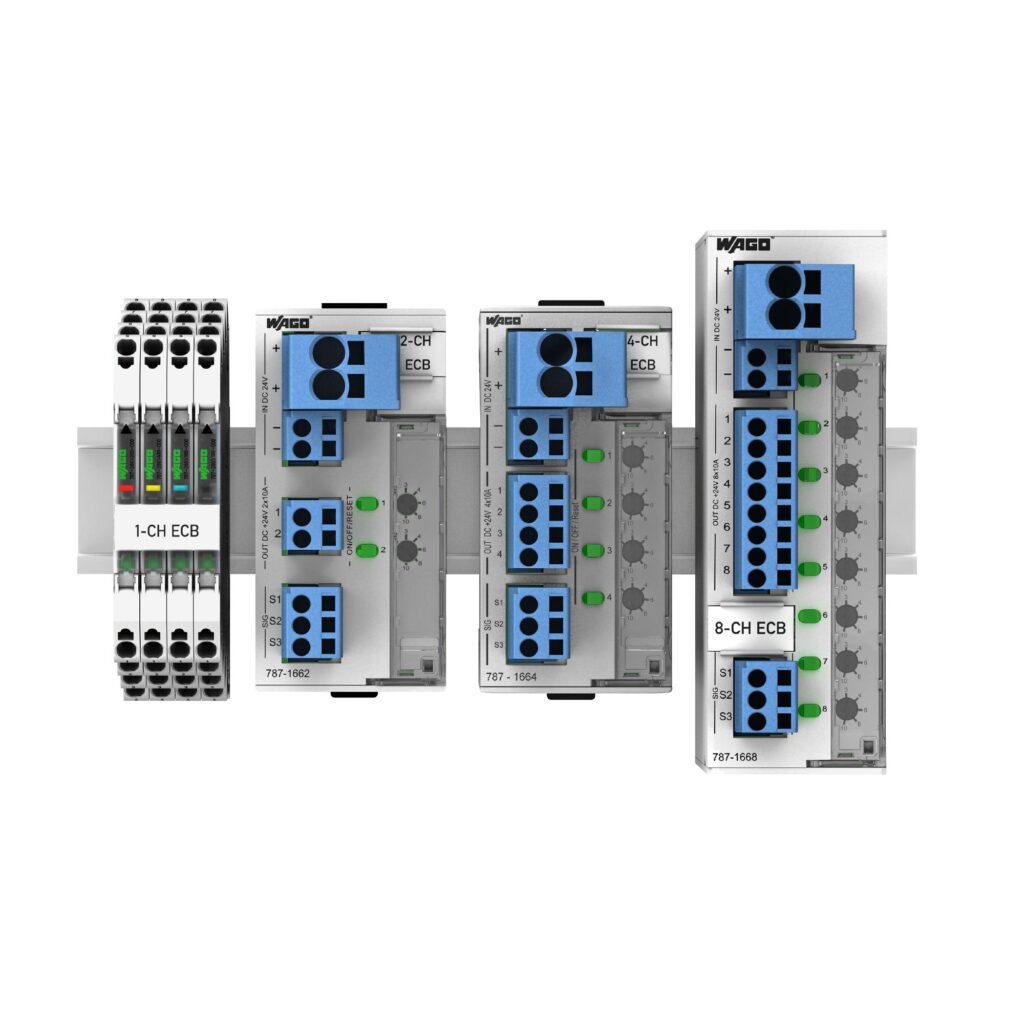Your circuit breaker is a key safety device in your home. It stops the power when there’s a fault or overload. This helps protect your appliances, wiring, and family. But like any part, it can wear out over time.
When that happens, it may not show clear signs right away. You might notice lights flickering or power cutting off for no reason. These are early signs that something is wrong.
If you wait too long, the damage can get worse. A faulty breaker can even become a fire risk. That’s why it’s important to act early.
In this blog, we’ll share seven signs that your circuit breaker needs replacing. Knowing them can help you stay safe and avoid bigger problems.
1. It Trips Frequently Without Overload
The circuit breaker should trip only during an overload or fault condition. If it switches off with low loads, it is not in order.
Issues behind it may include internal parts wearing out or inconsistencies in the wiring. A faulty circuit breaker may interpret any slight variation as an overload. If such trips take place under stable conditions, such as calm weather or appliances running normally, then it is a clear indication that the breaker has become unreliable and is severely near the end of its life.
2. You Are Aware of a Burning Smell or You See Burn Marks
Any burning odor near your electrical panel should serve as a serious warning. Scorch marks or melted plastic near the circuit breaker indicate overheating.
The heat buildup could have been caused by loose connections, worn-out contacts, or an internal failure of the breaker. This goes beyond just an operational fault; it amounts to a fire hazard. Should you notice discoloration or odor, cease operation of the panel and immediately call an electrician. The longer it remains active, the greater the hazard it becomes.
3. The Breaker Won’t Reset or Keeps Flipping Back
A circuit breaker that refuses to stay on is likely broken inside. Springs, mechanical links, and switches degrade after years of resets.
If the breaker switch won’t latch or flips off repeatedly, it’s no longer functional. In this condition, it can’t protect your system or provide steady power. This is often seen in older units that have experienced frequent surges or sustained wear. Replacing the breaker is the only smart move here to avoid unexpected blackouts.
4. The Panel Looks Rusty, Outdated, or Damaged
Corroded or rusty breaker panel is not only an appearance. It shows the years of use, weathering and electrical stress.
Panels in older homes will be sized to the older levels of loads. Also, in case you started to install high-load appliances in your household, such as smart TVs, high-speed routers, or sophisticated kitchen appliances, your old circuit breaker may be exhausted and hence underperforming. It is time to replace it with something modern and of greater capacity, with rust or obvious cracks.
5. You Hear Humming, Buzzing, or Crackling Sounds
Electric panels should be quiet. If your circuit breaker is making noise—buzzing, humming, or popping—there’s an issue with the flow of electricity.
This is usually a sign of arcing—when electricity jumps between contact points. Arcing is dangerous and signals instability inside the breaker. Ignoring this can lead to damaged wiring, system degradation, or fire. If you hear anything abnormal from the panel, get a professional inspection without delay.
6. Lights Flicker or Power Fluctuates in Specific Rooms
Flickering lights in just one section of the home may signal that the circuit breaker connected to that zone is failing.
Uneven power distribution often points to a weak or degraded breaker. You may also have intermittent shutdowns of electric appliances in the area. When the breaker stops controlling power flow consistently, it becomes a disturbance in keeping equilibrium throughout the power-distribution system-the another reason for upgrading the faulty breaker.
7. New Appliances Overwhelm the Old Breaker
You’re installing a new HVAC system or washer, and the breakers keep tripping; that means it is struggling with the increased load.
New appliances draw more power, while most older electrical panels aren’t made to support today’s high-powered appliances. As old circuit breakers get overstressed, they will either begin to overheat or misfire. For the sake of performance and longevity, it makes better sense to replace them with circuit breaker that meets modern electrical standards.
Final Insight: Replace Before It Fails
When your circuit breaker shows even mild signs of failure—frequent trips, strange smells, flickers, or weird noises—it’s already sending out distress signals.
Delaying action only increases the risk of property damage or fire. Replacing a faulty breaker not only stabilizes your home’s electrical health but also brings peace of mind. If your breaker is showing its age or struggling with today’s power demands, it’s time to upgrade—before it breaks down completely.


